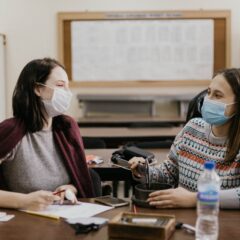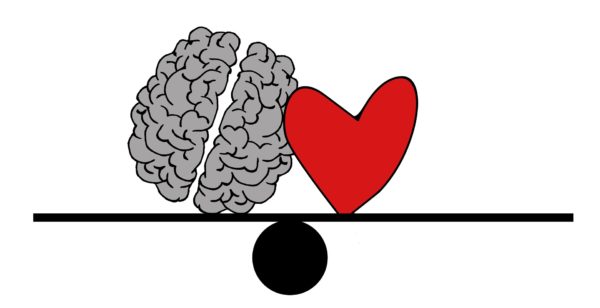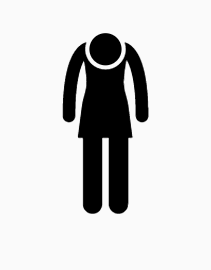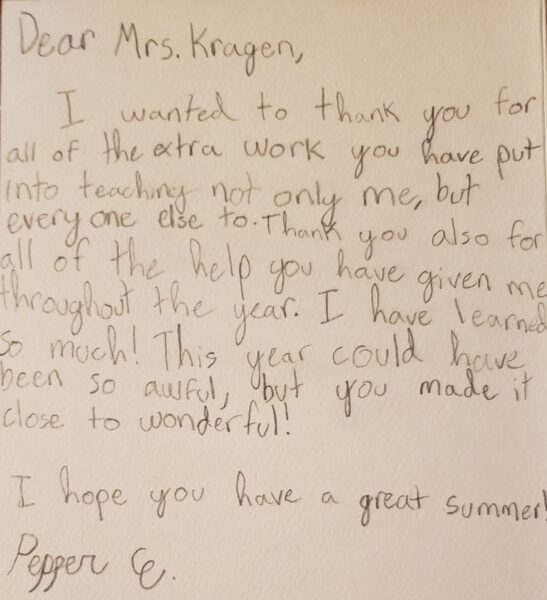By the end of summer this year, most parents were anxious to see schools open up full time for all students. This was not just a local concern, but a hot topic nationwide. On August 18, President Biden issued a memorandum: Ensuring a Safe Return to In-Person School for the Nation’s Children. This memorandum called for “full-time, in-person school for our nation’s children.”

Washington educators answered the call and returned to their classrooms last month with full class sizes and somewhat relaxed safety precautions. We asked the Stories from School bloggers about their thoughts on this return. How are we ensuring the safety of our students and ourselves? Read their thoughts below; then we would love to hear from you in the comments. What is your experience with this year’s back-to-school season?
Gretchen Kruden: Grateful for the Protocols and Support
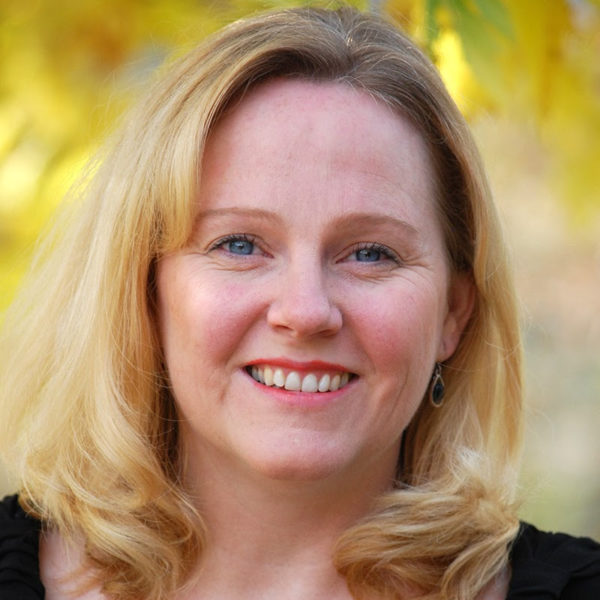
Having had two beloveds (one vaccinated and one not) contract Covid this year, I have had a front seat to the turbulence Covid causes in a home. It was awful to have felt such wringing worry for days on end.
That said, I am so grateful our school is following masking and handwashing protocols to a tee. We are also on the spot with kids going home and staying home who have any symptoms of Covid until they test negative. In addition, we will be rolling out an onsite testing program to help ease the financial burden of driving the 50-mile round-trip to get a Covid test for our families. The only additional layer of protection I hope the state will provide is a mandate for health districts to enforce that has schools pivot to distance learning when a certain number of Covid cases/100,000 people are active in the area.
Emma-Kate Schaake: We All Need to Do Our Part
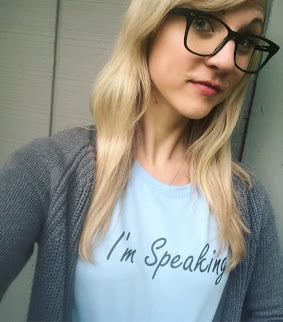
I feel grateful to be a teacher in Washington. I am friends with teachers in other parts of the country where even the very baseline practice of masking is essentially nonexistent. We’ve already had at least five positive cases in our first eight days of school, so I can’t imagine living and teaching elsewhere.
That being said, that doesn’t mean our community universally accepts these truths. One of our school board members actually ceded his time with a piece of duct tape over his mouth to protest the mask mandate.
We’re all pandemic weary, but I’m well aware that it’s a gift to be back to in person learning. I don’t want anything to jeopardize our time together, so we all need to do our part.
Leann Schumacher: Physical Distance with First-graders?

To echo Emma-Kate’s feelings, I feel so fortunate to live in Washington state. It is horrifying that other parts of the country are penalizing schools for trying to keep their teachers and students safe. Truthfully, I was very nervous about starting this school year. The dread was definitely not as intense as Fall 2020, but the anxiety was still there. Working with first graders, it has been a struggle to keep my physical distance as much as I should be. The little ones need proximity for guidance not to mention they struggle to fully comprehend directions as they can’t see my mouth.
The students themselves are struggling to keep 3 feet of distance and I often see masks below noses. However, in general, my district has good systems in place to help keep staff and students safe but this is far from “normal” and I wish that we would be more open to acknowledging and accepting that fact.
Lynne Olmos: It’s Not Yet Time for Back to Normal

It was a stressful reopening for us in Mossyrock. Our numbers of Covid cases in our area were steadily climbing, and our community has been largely anti-mask and anti-vaccine. There was even a protest across the street from the school on our first day.
It is a struggle to follow the safety precautions when our students and our parents often see us as part of a system that they neither trust nor respect. The very first week, our entire volleyball team was quarantined after a player came down with the virus. This was a stark reminder that we are not over this yet, and we need to be prepared for the same sort of measures that we had to put in place last year, such as the possibility of remote learning or reduced cohort sizes. I am glad to have all my students with me, but this is stressful! Everyone wants it to be “normal,” but it just isn’t, not yet.
Denisha: It’s Worth It to Be Back, Despite the Cost
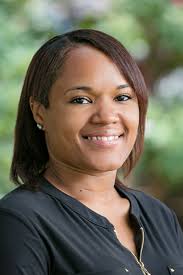
Teaching remotely was difficult; coming back into the building has been even more challenging. That saying, “be careful what you wish for” is 2021-2022 in a nutshell.
It is nostalgic, saying good morning, having someone respond in real time! Even though I would never ask to be back online, I don’t know that after a year and a half we understood what being back in buildings really meant.
Shorter attention spans (adults too), kindergarten, first, and second graders with almost zero experience of how to “do school.” First, second, and even third year teachers, still really first year teachers. Modified recess, mask breaks, homesickness, substitute shortages, extended absences, anxiety, and most of all fear.
The issue? Systems. Every neighboring district is doing this version of school differently, which leaves everyone wondering, who is doing it right?
The tears and anguish displayed daily on both students and teachers would make you wonder, why not go back online? In-person is still the right choice, but the cost is great.
Jan Kragen: Despite the Protocols, Covid Strikes

I’m happy that all the staff at school is fully vaccinated. Of course, I work at an elementary school, so the kids aren’t vaccinated. Yet.
Everyone is wearing masks, but mask-wearing ranges from kids who double mask to those who–in fifth grade–can’t seem to keep one mask over their nose all day despite multiple reminders.
Our desks are spread out. We use hand sanitizer frequently. There’s a protocol for bathroom use, and kids are spaced out at lunch time.
Still, on September 16 I left school feeling sick. The next week I tested positive for Covid. So did enough kids that my whole classroom went into 14 days of quarantine. I haven’t been back to school yet.
Thank God I had a substitute who was able to work ALL the days I was out and who had two daughters in my room in years past. When my lesson plans were sketchy at best, she was able to fill in the blanks.
I’m going to try to teach in the afternoons next week. Here’s hoping I don’t relapse. The truth is, until we can get the kids vaccinated too, all the best protocols really aren’t enough.
What about you, readers? How was the first month of school in your district? Please leave us your comments below.
